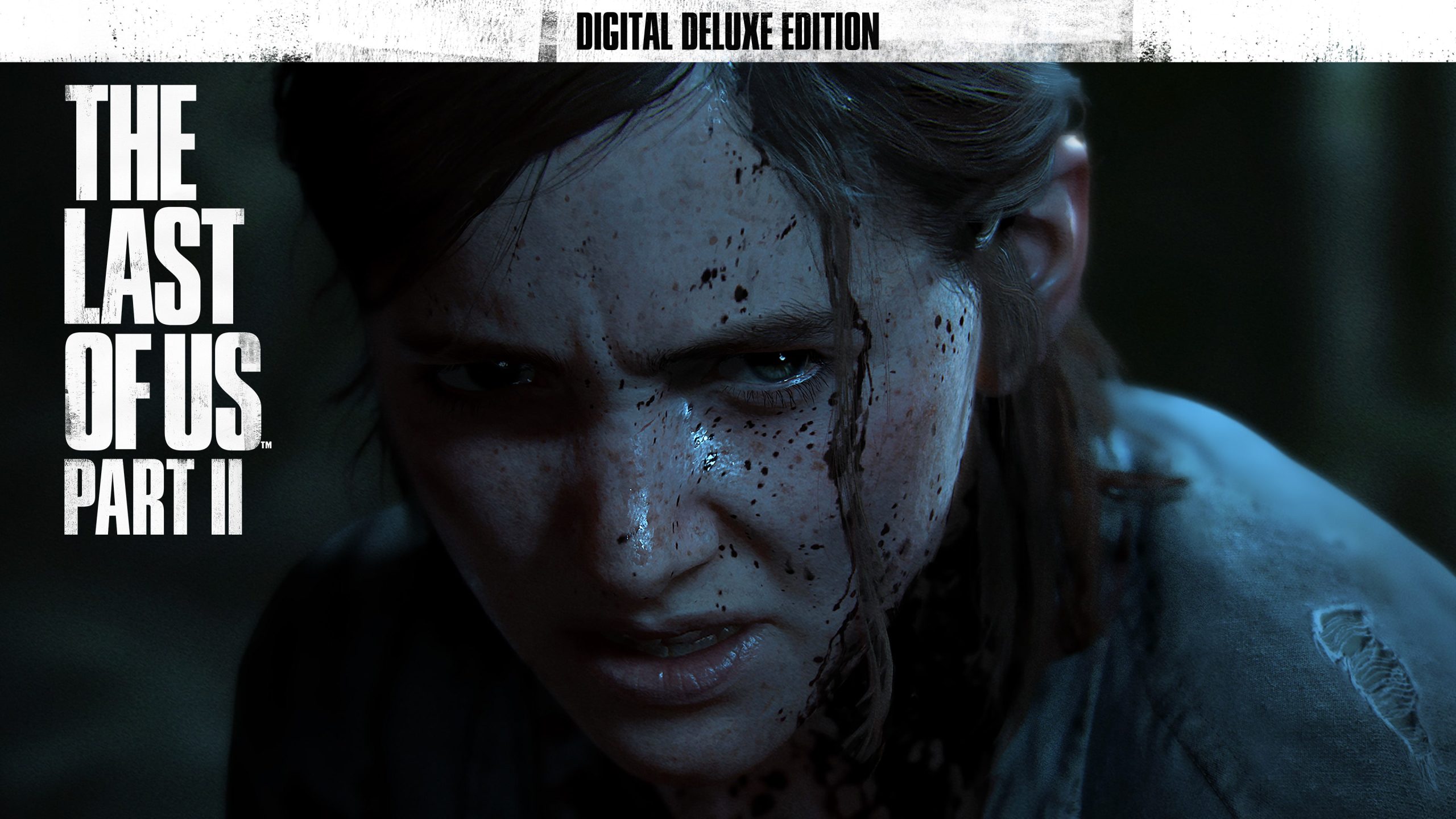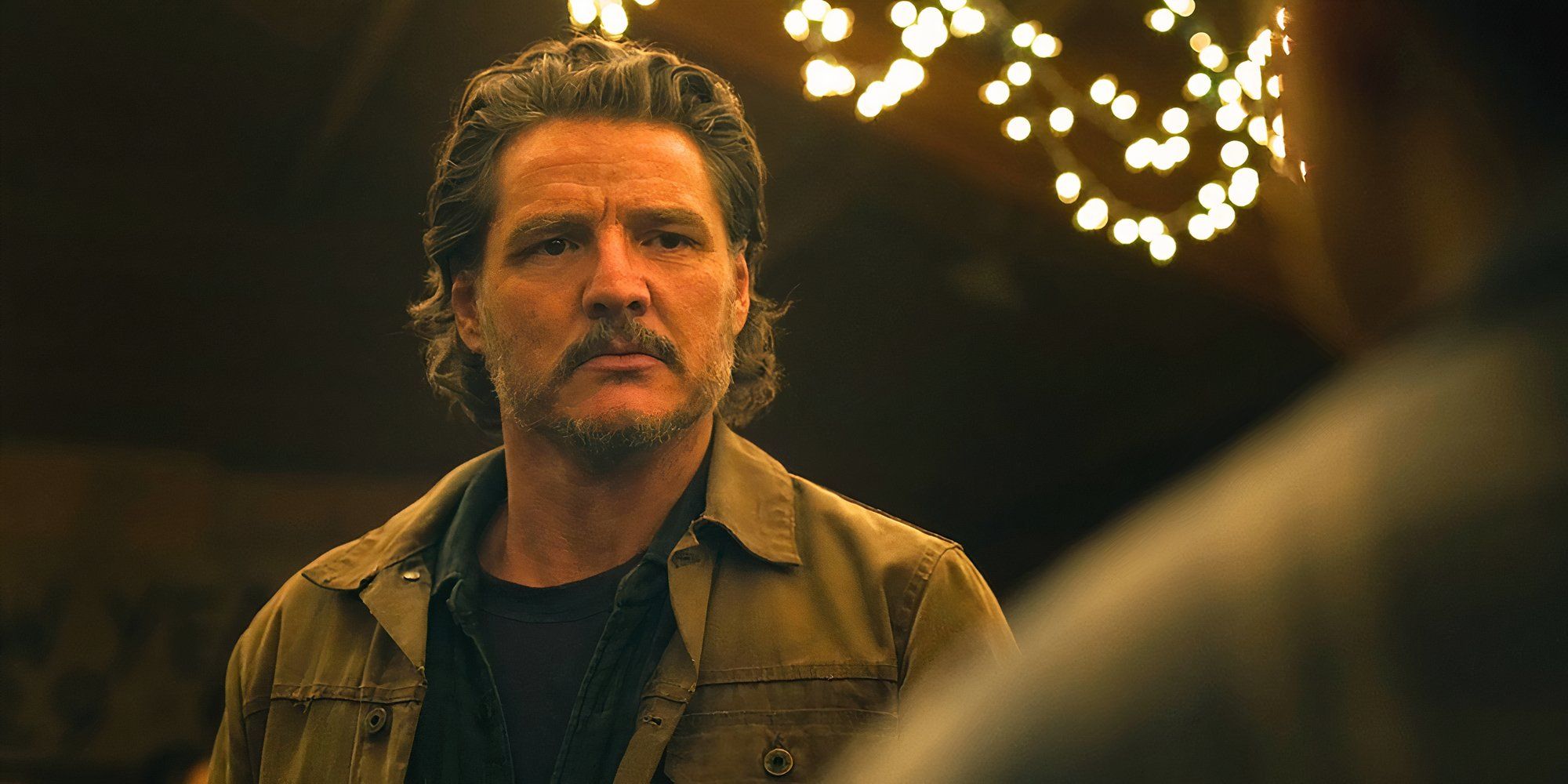Episode 5 of Season 2 of The Last of Us further explores Ellie’s quest for vengeance against Abby’s team and Dina’s role in the story. Although Episode 4 featured some tender moments, Ellie remains internally consumed and starts to undergo a transformation. The once youthful and vulnerable girl now becomes a silent, determined predator, with this shift occurring amidst bloodshed, violence, and a desire to inflict harm in Episode 5. Unfortunately, everything feels rather rushed.
Episode 5 of Season 2 is the shortest episode at 45 minutes and, after watching it four out of five times since receiving all seven episodes in late March, I question why it does not extend beyond 60 minutes given the significant content to be covered. Overall, I have enjoyed this episode for its construction, themes addressed, unfolding events, and the actors’ performances; however, I believe there is a lack of balance and pacing. One issue, in particular, is the poor management of timing, especially during the last two-thirds of the episode. The introduction, which aims to reintroduce spores—a crucial element from Season 1—feels unnecessarily long at five minutes for dialogue that has minimal impact.
Episode 5 of Season 2 of “The Last of Us” centers on Ellie’s vengeful pursuit against Abby’s team and highlights Dina’s role. Throughout this episode, Ellie undergoes a significant transformation from a vulnerable character to a determined and violent figure in the midst of chaos. While the reviewer appreciates the themes, acting, and overall construction of the episode, they find fault with its pacing and balance. Specifically, they criticize the lengthy introduction that explains essential plot elements like the spores, an aspect overlooked since Season 1, as excessive given the critical matters needing attention within the limited 45-minute runtime.
This indeed involves an exchange between Hanrahan, played by Alanna Ubach, and Elise, portrayed by Hettienne Park, to convey the danger of these infectious particles spreading in the air. We see a heavily barricaded door within the hospital, now a quarantine zone, hinting at the arrival of the Rat King in Season 3. It is here that Elise confesses to having sacrificed her own son, Leon, leaving him in the lower levels of the hospital, with Ellie visiting him in the underground later in the episode. The subject matter is important, but the storytelling lacks impact and grit. I would have preferred a 2-minute scene showing the necessity of sacrificing these soldiers rather than being told about it with so little commitment and emotion.
Likewise, the subsequent scenes should have been expedited as well, particularly the exchanges between Ellie and Dina as they prepare to return to Seattle’s streets. These interactions, along with the planning sessions and explanations about triangulating positions, are crucial moments, especially to justify the intense hatred that will emerge from Ellie when she confronts Nora. However, I believe we could have allocated a few more minutes to develop another sequence that I find significantly important. This additional scene would be the confrontation with the Seraphites in the forest. In the game, battles against the Scars are critical and arguably the most nerve-wracking due to their tenacity and ferocity, leaving an indelible mark on players with their unsettling whistles. We wanted to see this kind of genuine confrontation in the series: a real manhunt where Ellie could utilize high grass and ferns to outmaneuver and eliminate some of them.
CRITICAL: SCAR & FICTION
In Episode 5 of Season 2 of The Last of Us, the iconic moment where Ellie is shot under the collarbone has been altered. In this series adaptation, it is Dina who takes an arrow to her thigh. This change was skillfully crafted by Craig Mazin and Neil Druckmann to immobilize Dina for the remainder of their adventure, mirroring the original video game’s path. Originally in the game, Dina was sidelined due to pregnancy and feeling unwell; now, it is an injury that necessitates her absence. While this is a clever narrative move, many had hoped for an extended “Scars in the Woods” sequence instead of the rushed, under-5-minute chase that includes a dismemberment scene, which can be frustrating. Mazin and Druckmann did not shy away from depicting violent scenes to effectively convey the grim reality of how the Scars operate, including their ritualistic practice of pulling out guts as atonement for sins. According to behind-the-scenes information, these graphic scenes featuring men and women with exposed entrails were filmed using real actors, adding a heightened level of horror.
Beyond the Seraphites’ stage, which could have been better developed, the hospital infiltration also deserved more attention. Recalling how complex it was to enter the building in the game, particularly with tracker dogs and multiple Wolf factions to avoid, highlights the potential for proper development within the series, perhaps reducing combat against stalkers. Despite the appeal of seeing more infected characters, we have already encountered roamers, and Episode 4 satisfied our expectations regarding zombies. Personally, I would prefer a well-executed fight scene involving Wolves using crowbars, with Jesse intervening at the end; this wouldn’t alter the outcome of Episode 5.
The confrontation between Ellie and Nora was not overlooked, closely mirroring a video game scene, though the series offers some flexibility in how it unfolds. This includes having Ellie navigate through corridors infested with spores alongside soldiers who have suffered and transformed over weeks or even months. Visually, this moment is highly impactful, evoking a sense of claustrophobia and dread through the organic colors and textures of encroaching fungus. It ties back to the opening scene where Ellie encounters Leon, Elise’s son, who was abandoned by his mother to save others. This scenario starkly contrasts with Joel’s decision not to leave Ellie behind; it represents a direct reversal in their choices. This is a very powerful visual narrative element.
Everything is moving far too quickly.
The highly anticipated moment in episode 5 closely mirrors the experience from the video game. This is evident in a striking photograph where the scene is illuminated by intense red lighting, showing Nora immobilized while Ellie confronts one of the women responsible for Joel’s death. The confrontation between them escalates into a moral standoff. Nora does not plead; instead, she accuses and claims that Joel deserved his fate. Ellie remains resolute despite knowing her actions are wrong. She tortures Nora to extract information, replicating Abby’s treatment of Joel by striking rusted pipes against Nora’s abdomen, causing her to scream in pain. Bella Ramsey delivers an outstanding performance in this scene, with a calm yet determined demeanor and chilling dialogue that conveys Ellie’s resolve. Her question “Where is Abby?” is posed calmly but firmly, indicating a readiness to do whatever it takes to achieve her goal. She succeeds in obtaining what she seeks, but at what cost? This sequence mirrors Joel’s actions, justifying the irreparable damage done. When Nora asks, “Do you know what he did?” and Ellie simply replies, “I know,” it becomes clear that truth no longer offers redemption. The episode concludes with a flashback showing a smiling Joel awakening an equally smiling Ellie. It is challenging to remain unsatisfied after such a powerful emotional journey. Like the video game, this episode leaves viewers emotionally drained yet satisfied. However, it is regrettable that the episode feels rushed, lasting only 45 minutes instead of at least 60 for a stronger impact.
Have any thoughts?
Share your reaction or leave a quick response — we’d love to hear what you think!


